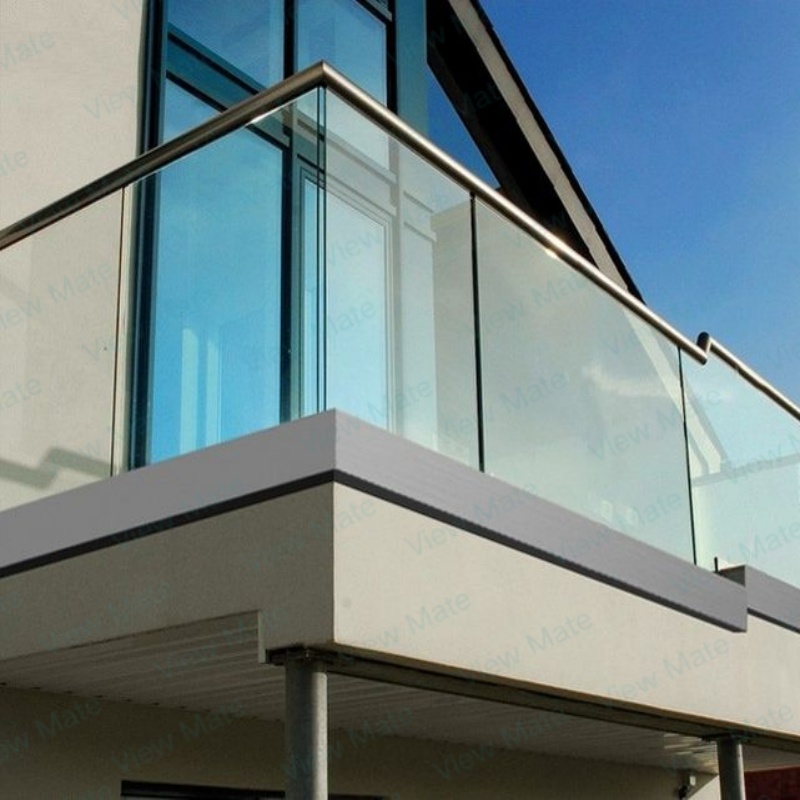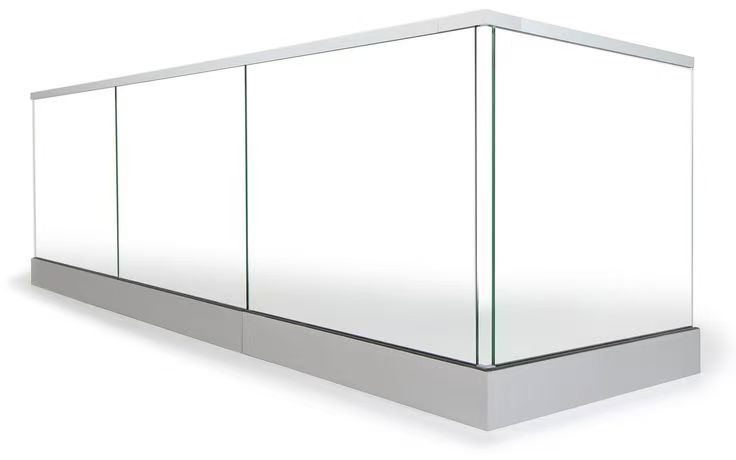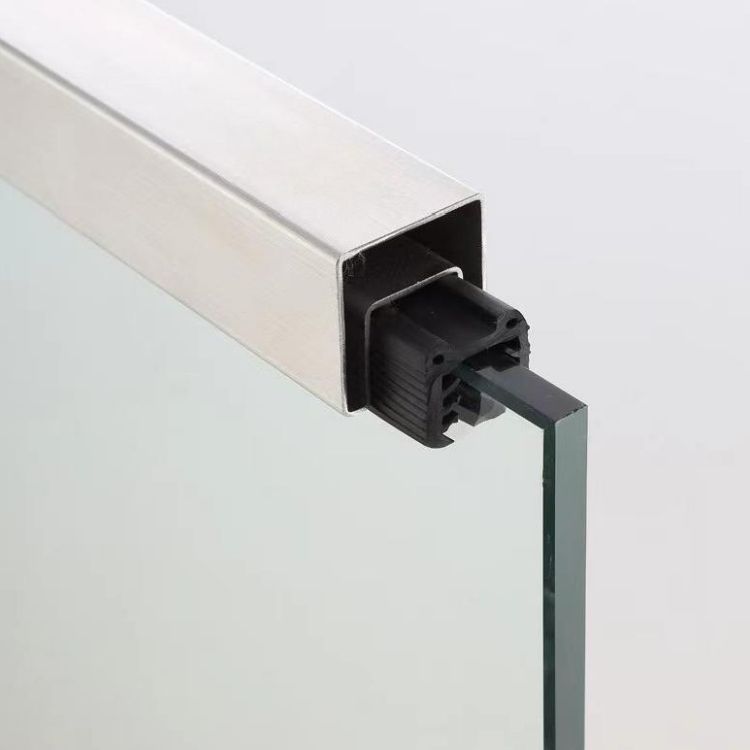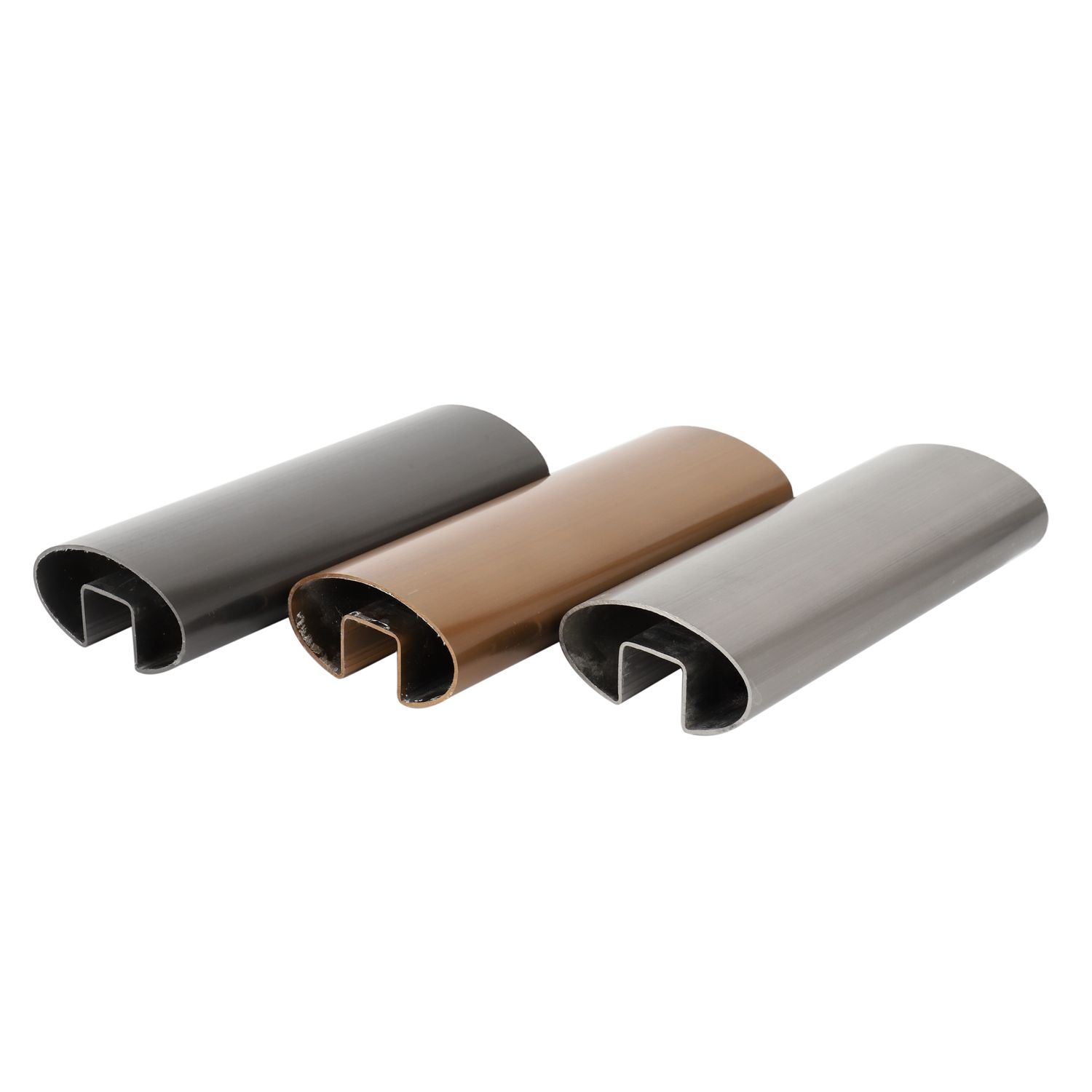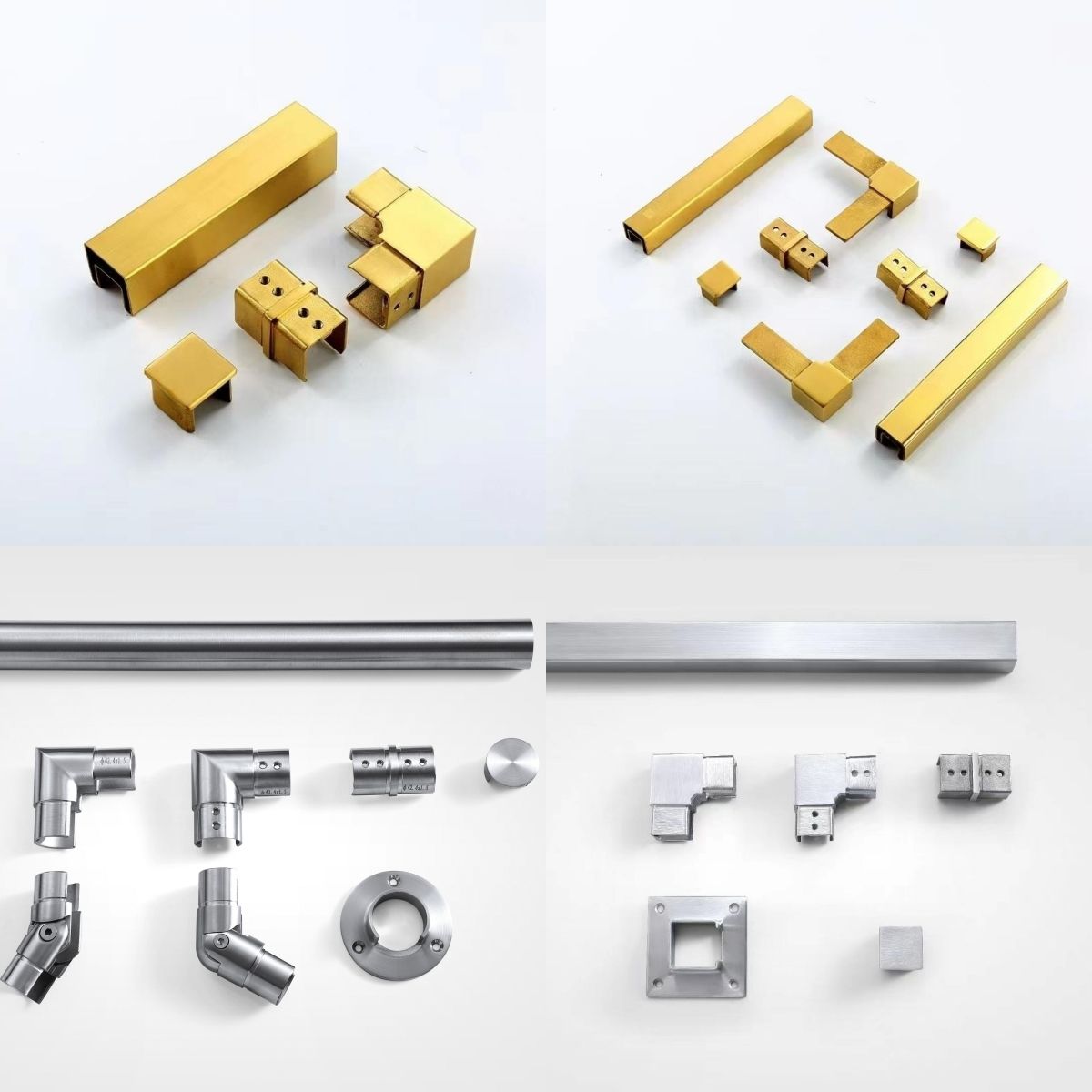Editor: View Mate All Glass Railing
The quest for unobstructed views makes frameless glass railings popular, but safety codes often mandate top handrails. Here’s when they’re required and how to integrate them seamlessly:
Stair Applications:
IBC 1014/ADA 505 Compliance: Any stair with three or more risers requires a continuous, graspable top rail that is 34 to 38 inches above the stair nosing. Glass alone cannot serve as a handrail; an auxiliary rail is mandatory.
Commercial/Public Spaces:
ADA demands top rails for wheelchair users’ safety.
Municipal codes (e.g., California CBC) often extend this requirement to residential decks >that are more than 30 inches above grade.
Guardrail Height Rules:
Where top rails are omitted (e.g., on level decks), the glass barrier must still reach a minimum height of 42 inches (IBC 1015).
When Can You Omit the Top Rail?
Residential Level Decks ≤30″
Height: Frameless glass may suffice as a guardrail (no graspablerail needed) if:
-Local codes permit (verify jurisdiction exceptions).
-Glass height is at least 42 inches from the deck surface.
-Panels pass 200-pound per foot load tests (ASTM E2353).
Invisible Solutions: Integrating Top Rails Without Ruining Views
Sleek Metal Caps: 1.5–2-inch diameter 316 stainless steel tubes mounted on discreet standoffs.
Benefit: Provides a graspable surface while preserving 90%+ visibility.
Countersunk Head Pin Systems:
Top rails attach via flush-mounted head pins drilled into glass edges (not surface clamps).
Critical: Requires at least 12mm tempered glass with polished, epoxy-filled holes.
Low-Profile Edge Channels:U-shaped aluminum channels (powder-coated to match the glass) hold rails just above panel edges.
Compliance: Maintains a 1.5–2-inch clearance between the rail and glass for grip.
Want to know more? Click here to contact me: View Mate All Glass Railing
Post time: Jul-28-2025






